On March 21, 2025, 18 women were recognized for the work they did to support America during World War II in a ceremony held at the National World War Two Museum. Among a crowd riddled with American flags mixed in with red and white polka dot scarves, these ladies, many of them in their 80s and 90s, received Congressional Gold Medals for their service. The Rosie the Riveters got their proper due.
The “Rosies,” as they were called, were women who worked in factories during World War II. While most of the men were fighting overseas, back in America, these women would be responsible for building, assembling, and welding airplane parts, ships, and other tools used by the U.S. military. This was a cultural change in America, as most women were in domesticated roles and didn’t work factory jobs.
They were called Rosies due to the Rosie the Riveter character that motivated many people to join in on the war effort. Many Rosies were able to wrench, weld, and assemble in tight spaces in which the average man would be too large to fit into. These women, Black and white, many of them teenagers, would often work 10-hour days for six days per week.
Among the estimated five million women who worked in factories for the defense industry was honoree Jane Tucker, who is 97 years old.
"I worked in Savannah, Georgia building Liberty ships, and I learned to become a welder when I was just 16," Tucker said to NPR. "It was all top secret. Loose lips will sink ships."
@mike865283 100-Year-Old 'Rosie the Riveter' Shows Off B-29 She Helped Restore #news #foryou #fyP #breakingnews #usa
This work wasn’t just presenting a new opportunity for all women in general, but especially Black women. Honoree Susan Taylor King was a Baltimore resident who needed a job and knew she could do it. Working as a Rosie was one of the only jobs at the time that wasn’t segregated, with Black women and white women working shoulder to shoulder, even eating together in the mess halls.
“The workforce at Eastern Aircraft was completely integrated, and this was the first time I had ever been in an integrated setting,” King told Morehouse College. “There seemed to have been a social or civil relationship between the black and the white workers. It was also the first time that I had ever been allowed to wear pants in public.”
The character of Rosie the Riveter was meant to spur on the spirit of cooperation during WWII, but over time had grown into an icon used for women’s rights and to fight for more space in the workplace for women throughout the sixties and seventies. The image of her posing with her bicep exposed and the ‘WE CAN DO IT” slogan above her head was seen throughout marches and advocacy of the Equal Pay Act of 1963 and the Title VII of the Civil Rights Act of 1964.
- YouTubewww.youtube.com
The icon is still used today in protests, advocacy groups, parodies, and Internet memes as a voice in the continued fight for equity and to motivate folks to pursue their ambitions in spite of perceived limitations.







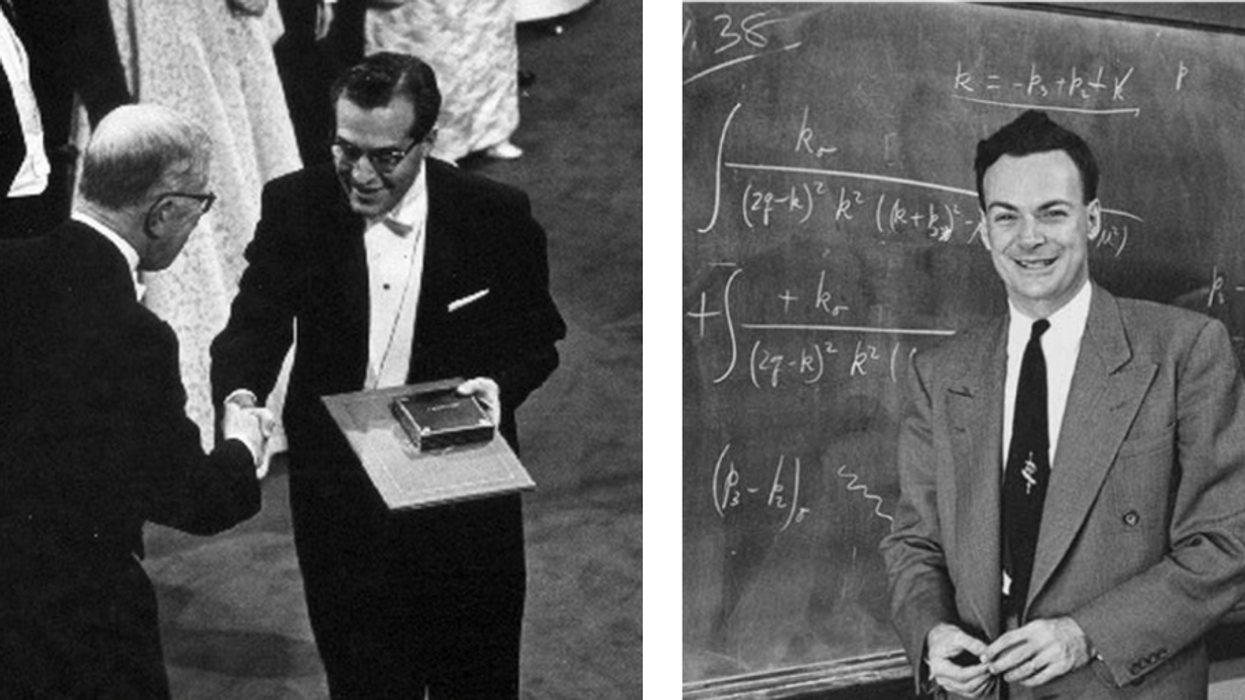









 Pictured: The newspaper ad announcing Taco Bell's purchase of the Liberty Bell.Photo credit: @lateralus1665
Pictured: The newspaper ad announcing Taco Bell's purchase of the Liberty Bell.Photo credit: @lateralus1665 One of the later announcements of the fake "Washing of the Lions" events.Photo credit: Wikimedia Commons
One of the later announcements of the fake "Washing of the Lions" events.Photo credit: Wikimedia Commons This prank went a little too far...Photo credit: Canva
This prank went a little too far...Photo credit: Canva The smoky prank that was confused for an actual volcanic eruption.Photo credit: Harold Wahlman
The smoky prank that was confused for an actual volcanic eruption.Photo credit: Harold Wahlman
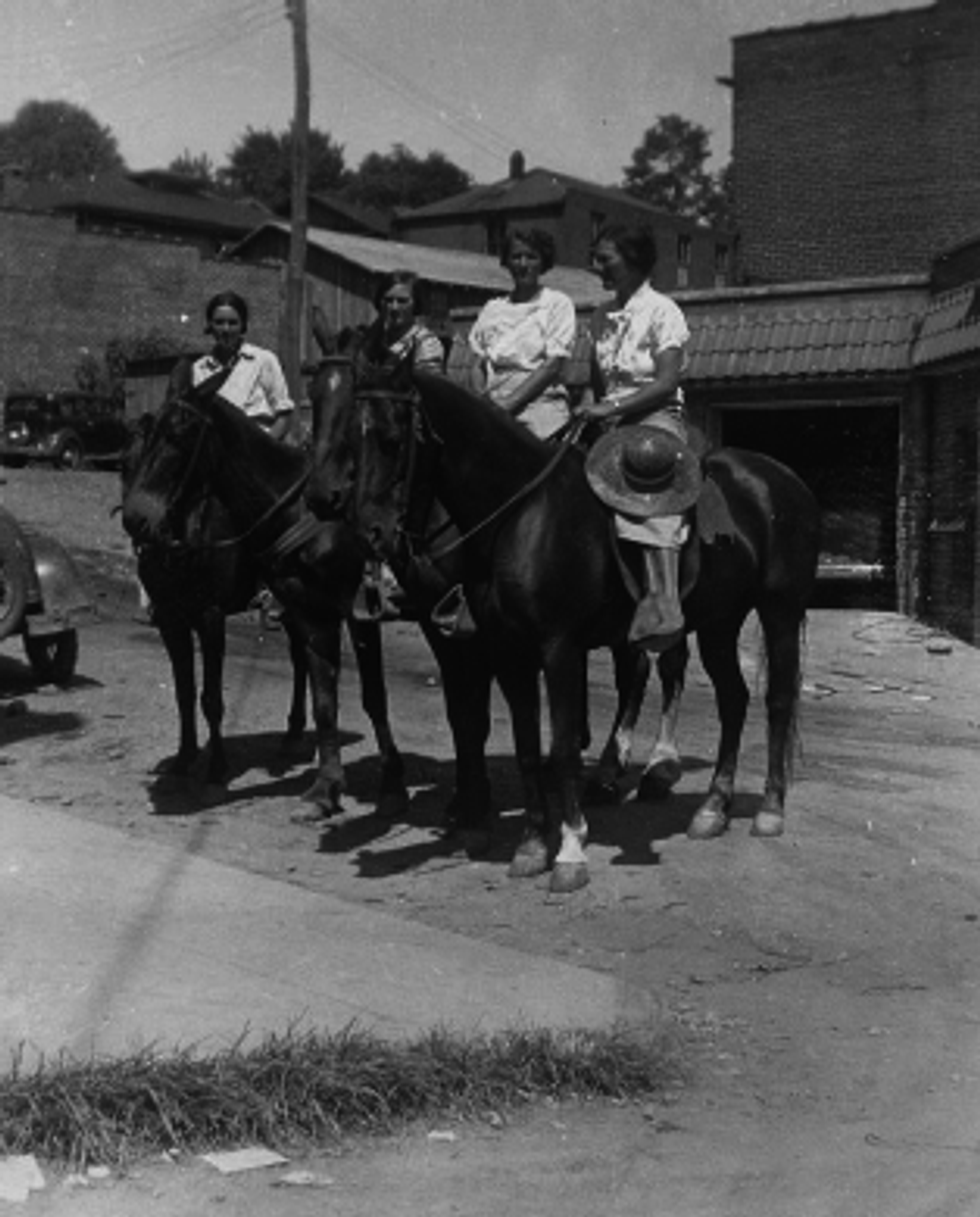 Packhorse librarians ready to start delivering books.
Packhorse librarians ready to start delivering books.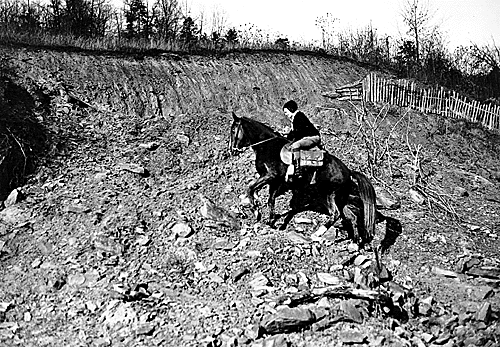 Pack Horse Library Project - Wikipedia
Pack Horse Library Project - Wikipedia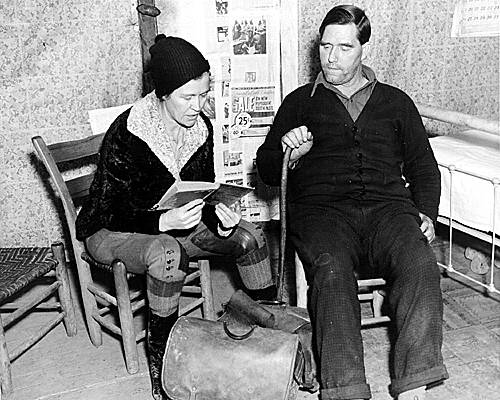 Packhorse librarian reading to a man.
Packhorse librarian reading to a man.
 Fichier:Uxbridge Center, 1839.png — Wikipédia
Fichier:Uxbridge Center, 1839.png — Wikipédia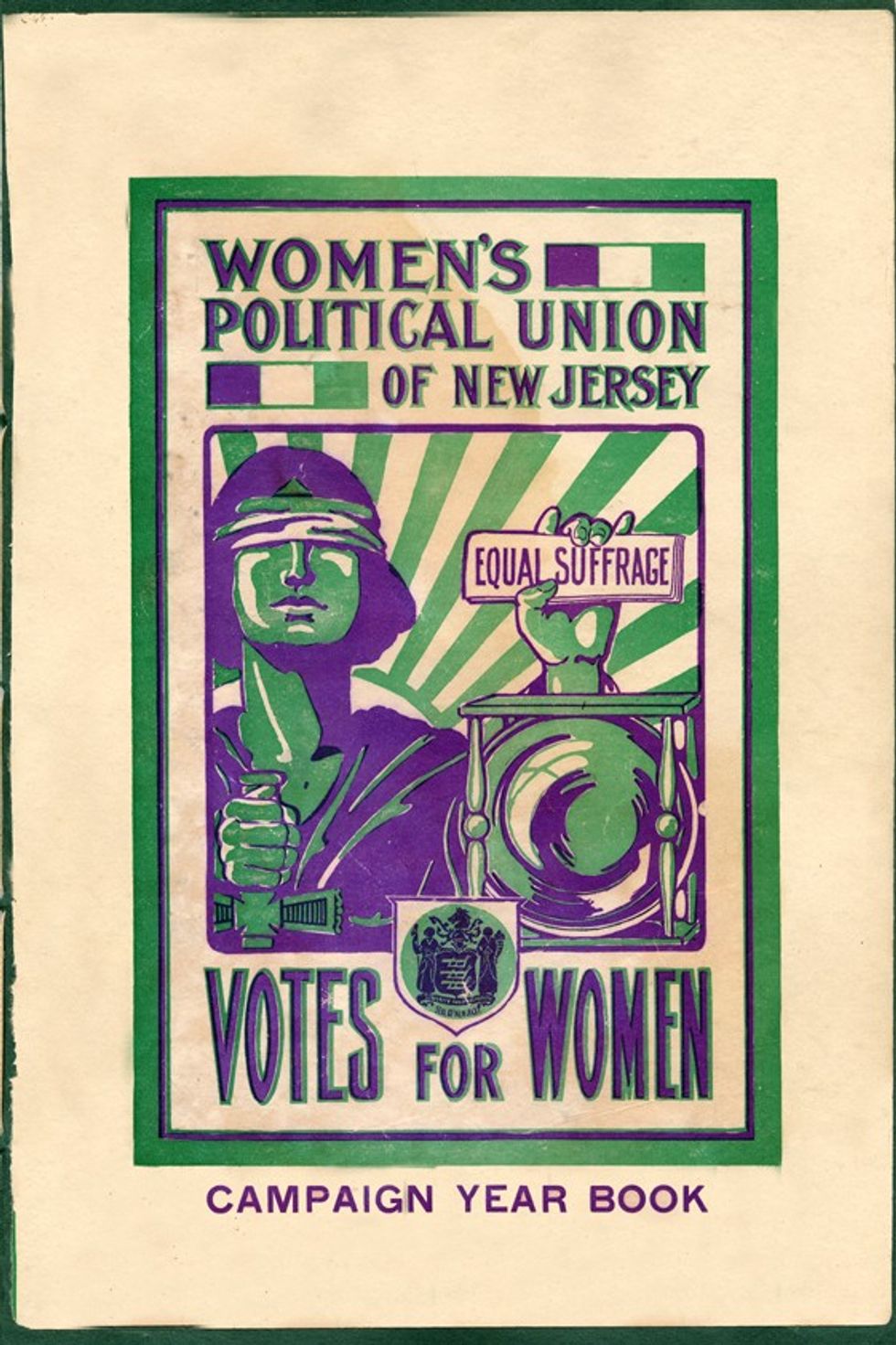 File:Women's Political Union of New Jersey.jpg - Wikimedia Commons
File:Women's Political Union of New Jersey.jpg - Wikimedia Commons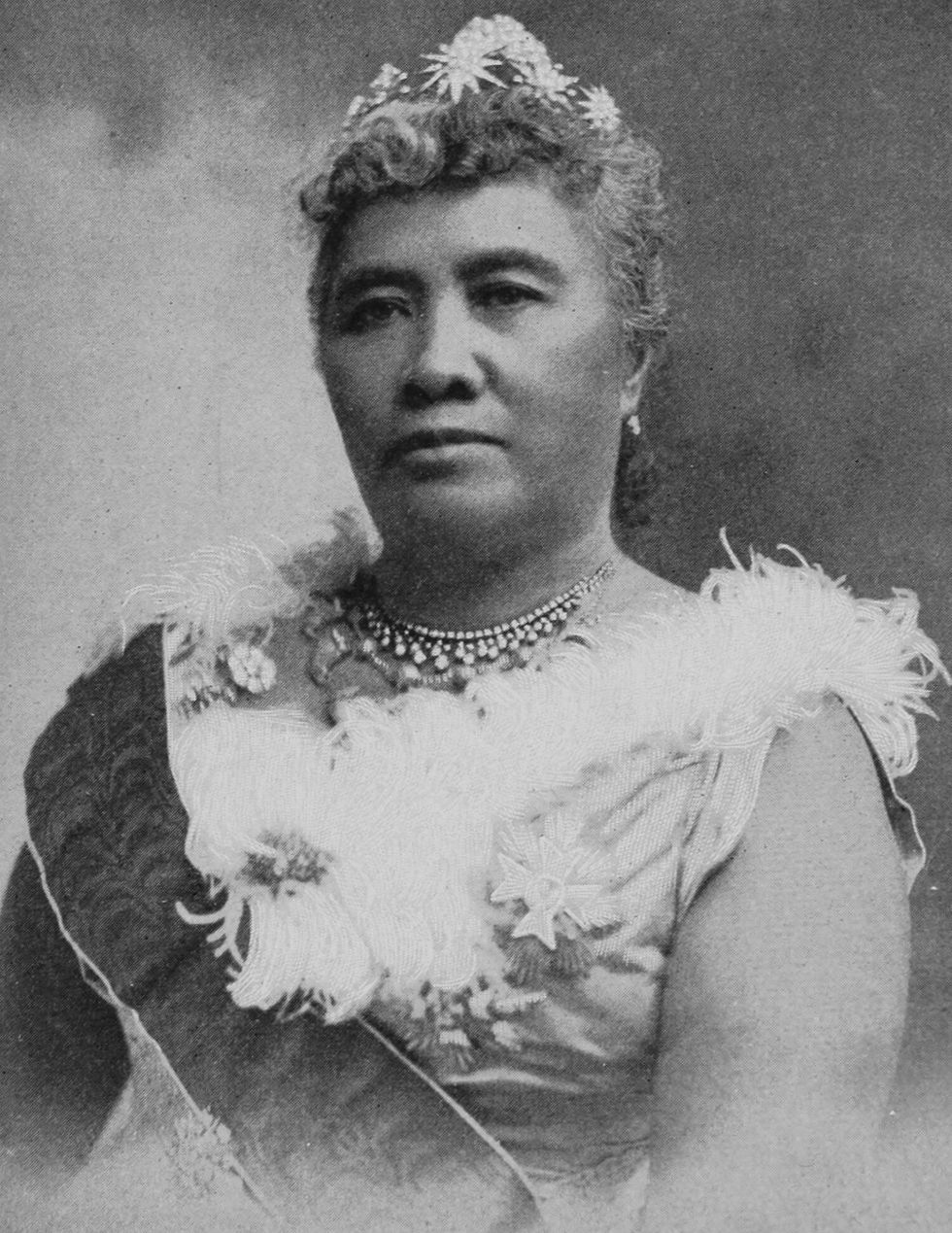 File:Liliuokalani, photograph by Prince, of Washington (cropped ...
File:Liliuokalani, photograph by Prince, of Washington (cropped ...
 U.S. First Lady Jackie Kennedy arriving in Palm Beach | Flickr
U.S. First Lady Jackie Kennedy arriving in Palm Beach | Flickr
 Image Source:
Image Source:  Image Source:
Image Source:  Image Source:
Image Source: 


 Representative Image Source: Plant growing in sand (Getty Images)
Representative Image Source: Plant growing in sand (Getty Images) Representative Image Source: Naracoorte Caves, South Australia. An archeologist brushes soil from fossils at an excavation site.(Getty Images)
Representative Image Source: Naracoorte Caves, South Australia. An archeologist brushes soil from fossils at an excavation site.(Getty Images)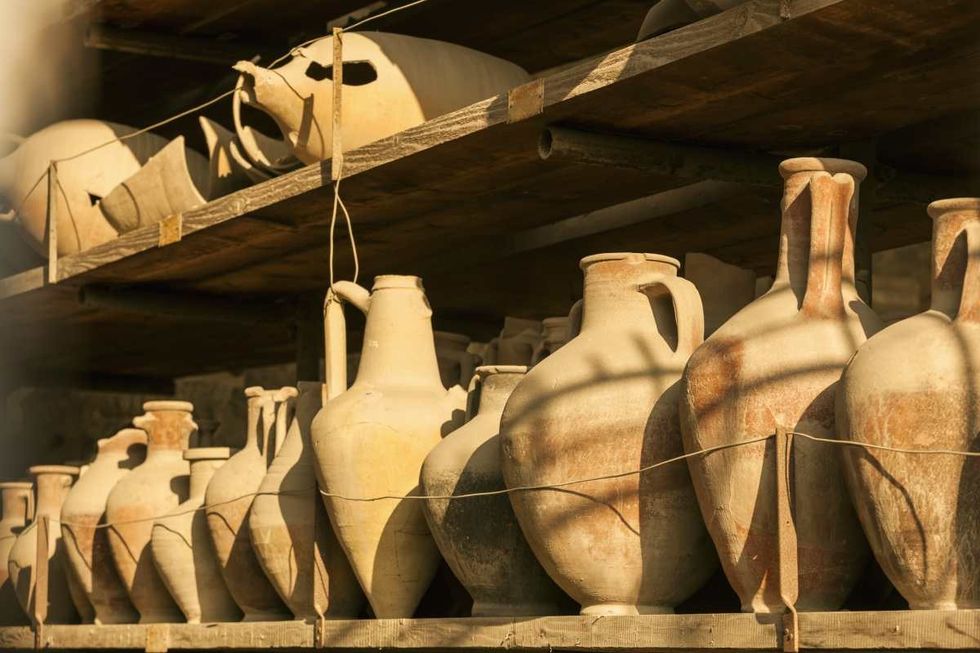 Representative Image Source: Italy, Campania, Pompei . Pompei archaeological site, amphora and pottery details (Getty Images)
Representative Image Source: Italy, Campania, Pompei . Pompei archaeological site, amphora and pottery details (Getty Images)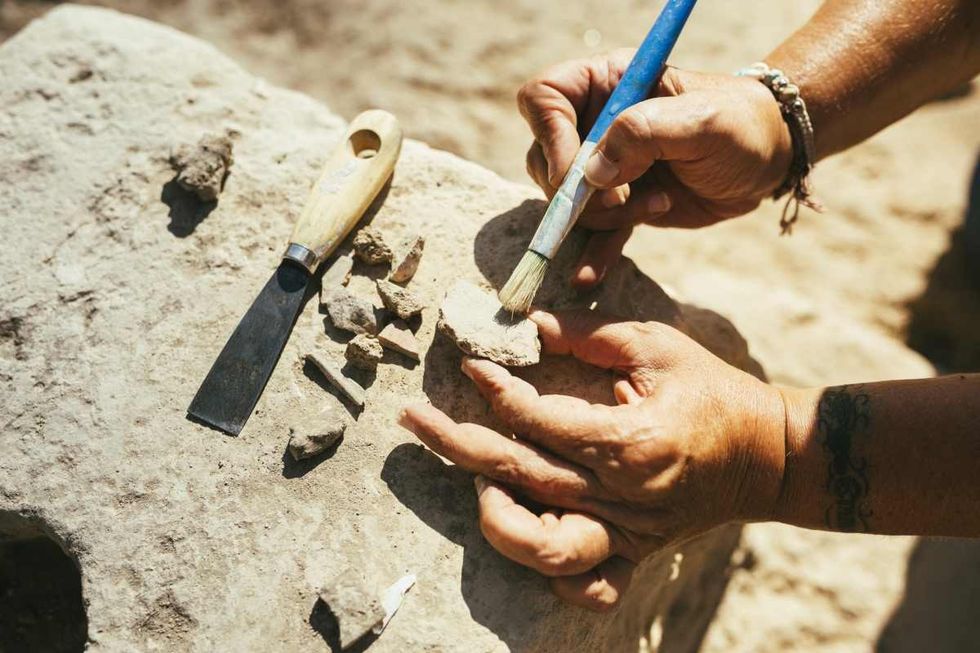 Representative Image Source: Woman's hands using a brush to clean up a piece of ancient pottery on an archaeological site (Getty Images)
Representative Image Source: Woman's hands using a brush to clean up a piece of ancient pottery on an archaeological site (Getty Images)